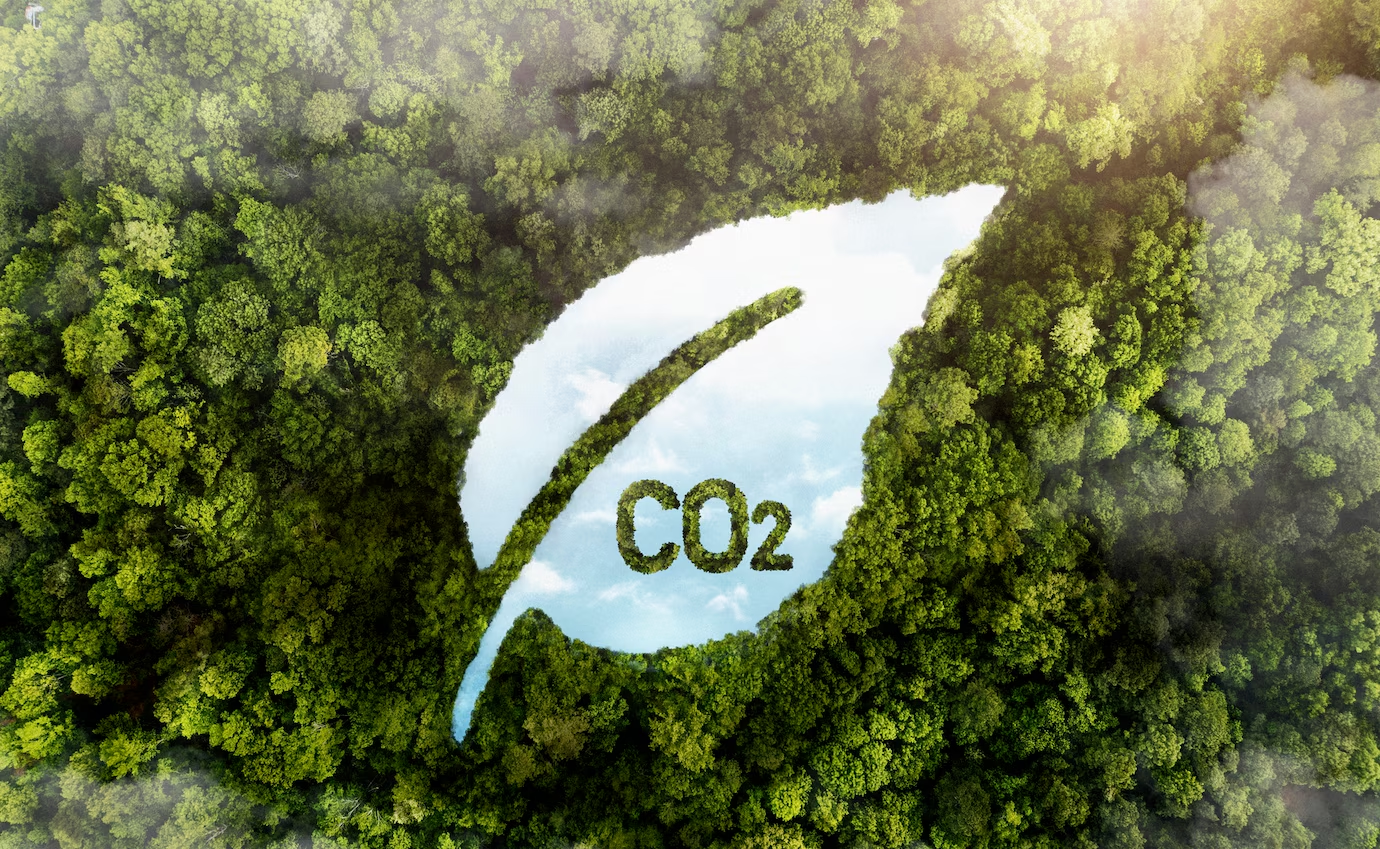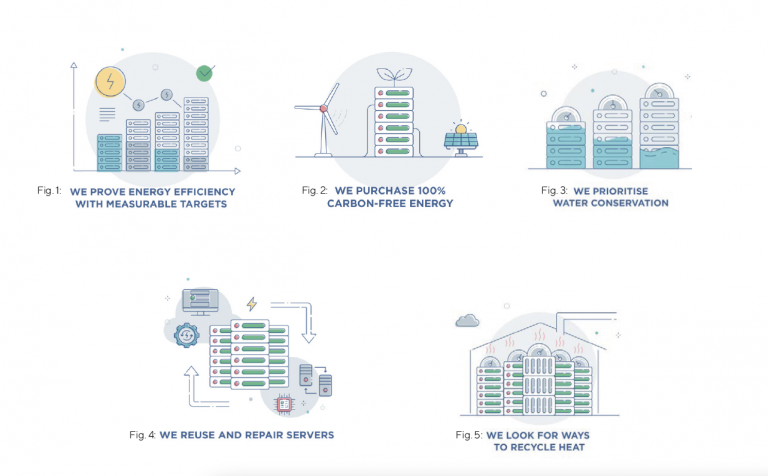
Climate Neutral Data Center Pact
This article outlines the Climate Neutral Data Centre Pact, where 73 companies commit to making data centres in Europe climate neutral by 2030. This initiative, aligned with the European Green Deal, focuses on improving energy efficiency, using clean energy, and implementing sustainable practices to minimize environmental impact. by Friederike Zelke, initially published by The Cloud Report.
Cloud computing and digitization are important parts to fulfil the European Green Deal, therefor several cloud service provider signed the Climate Neutral Data Centre Pact. Here you find a short description what this means.

That the climate is changing we know for decades, but during the last years we all experience what that means. We cannot stop the change, but maybe we can mitigate it and learn how to deal with the consequences. The biggest cause is carbon emission. So, the biggest goal must be to stop carbon emissions, the best to shut it down to zero. We all live in a complex environment, and we cannot influence everything, but we can begin in our sphere of action. This have 73 companies of cloud industry done last year, they signed the Climate Neutral Data Centre Pact. They took the challenge of the “Green Deal”, a set of green policies initiated by the European Commission, seriously and resolved to become climate neutral till 2030.
Beginning in 2020, CISPE engaged with the European Commission in a series of workshops. The aim was to discuss a common approach and define what “climate neutrality” means for cloud infrastructure services. It was especially important to define clear and measurable goals for 2030, including clear milestones in 2025 to ensure rapid progress for the industry. It was also important to make it accessible to European SMEs, without burdening them too much.
It was also important to cover the data centre industry at large, including, for example, delivery models like colocation. CISPE joined forces with EUDCA (European Data Centre Association) to develop the agreement and cover all industry players. Many other trade associations and industry players across Europe joined the pact; including Germany (Eco), France (EuroCloud France, France Datacentre), Netherlands (Dutch Hosting Provider Association, ISPconnect, Dutch Data Centre Association), Denmark (Danish Cloud Community), and Poland (Cloud28+,
TechUK).
5 promises to carbon free data centres
The pact serves 5 objectives: energy efficiency (using less power to deliver the same data compute and storage), carbon free power, water efficiency (using less water for cooling of the same workloads), recycling and reuse of heat produced by datacentres.
The metrics defined may lead to operators having to adapt the design of datacentres by 2025, and having to retrofit existing ones by 2030. It will also ensure that power used will be 100% carbon free by 2030 (75% minimum in 2025), and ensure the reuse, repair or recycle of all server equipment:
Energy Efficiency
Data centres and server rooms in Europe shall meet a high standard for energy efficiency, which will be demonstrated through aggressive power use effectiveness (PUE) targets (fig. 1)
Clean Energy.
Data centers will match their electricity supply through the purchase of clean energy (fig. 2).
Water
Data centres will conserve water and set ambitious water conservation targets (fig. 3).
Circular Economy
The reuse, repair and recycling of servers, electrical equipment and other related electrical components is a priority for data centre operators (fig. 4).
Circular Energy System
The reuse of data centre heat presents an opportunity for energy conservation that can fit specific circumstances. Data centre operators will explore possibilities to interconnect with district heating systems and other users of heat to determine if opportunities to feed captured heat from new data centres into nearby systems are practical, environmentally sound and cost effective (fig. 5). A big step was taken, the European Commission took the governance of the pact and will ensure the fulfilment of the promises.
Customers of cloud services now have the possibility to choose their provider not only for their services but also for their sustainability. The faster this becomes standard the better for all of us.